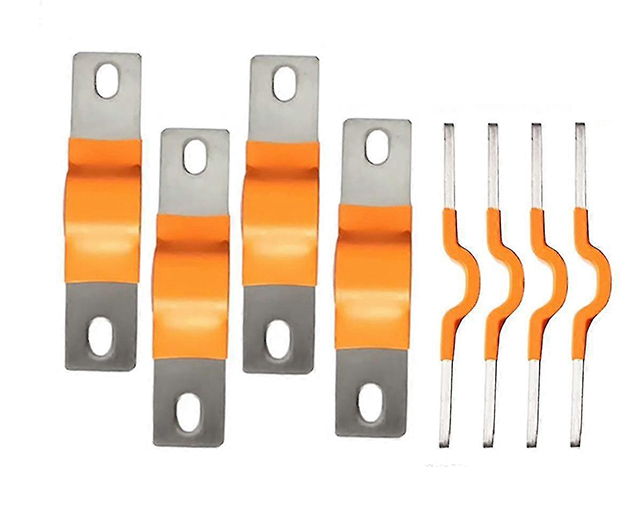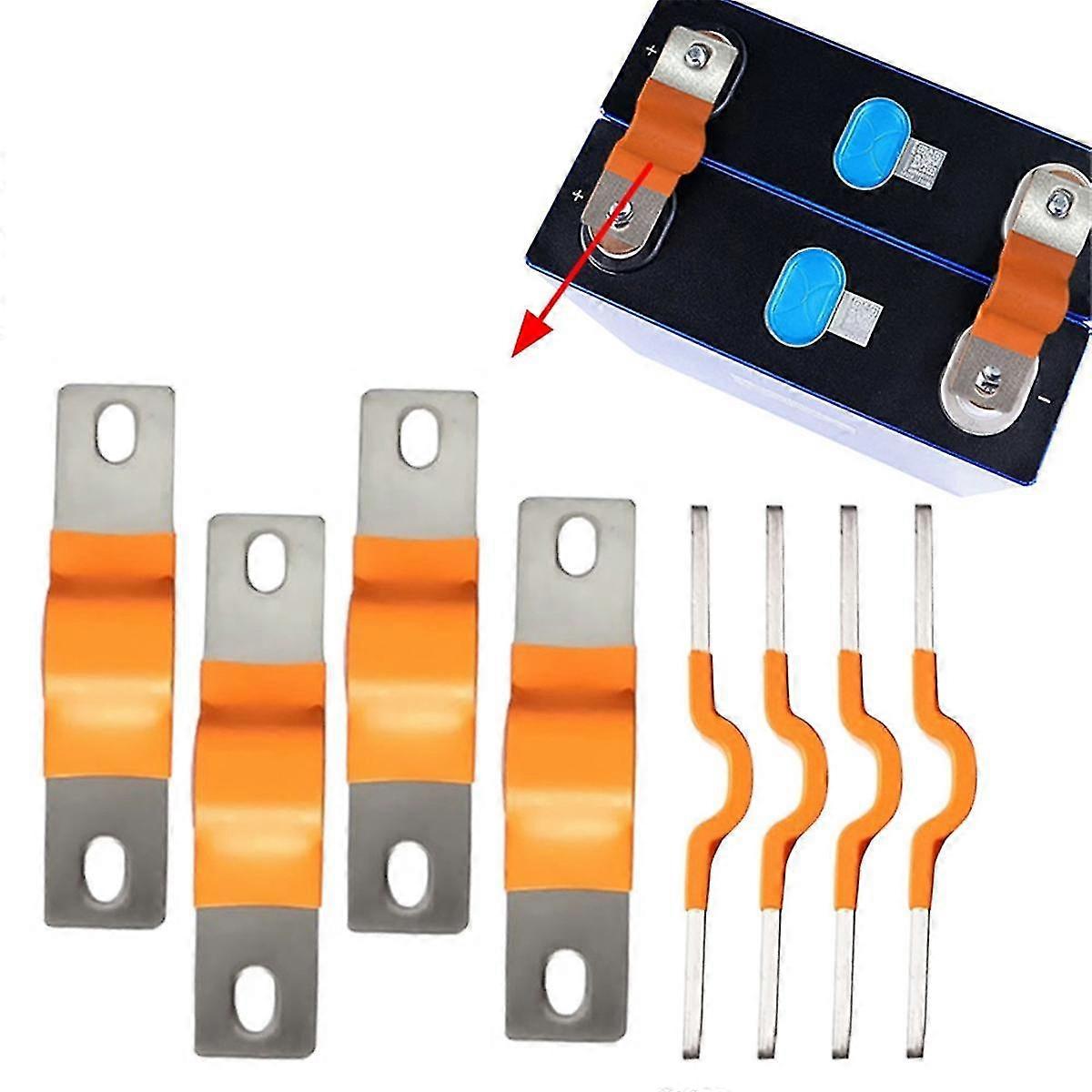

A Busbar for solar battery bank, also known as a solar battery bank Busbar, is a specially designed copper busbar that connects multiple solar battery cells or modules within a battery bank. It ensures efficient current distribution, low voltage drop, and safe power transfer across the entire solar energy storage system.
Unlike traditional bus bars, Busbars for solar battery banks are engineered to handle high current, provide mechanical stability, and resist corrosion caused by environmental exposure in solar installations.

The production of a solar battery bank busbar involves several key steps:
Material Selection
High-purity copper busbar is selected for superior conductivity and low resistance.
Cutting & Shaping
Copper sheets or strips are precision-cut to the required length, thickness, and width, suitable for the solar battery bank layout.
Surface Treatment
Optional tin plating, nickel plating, or other anti-corrosion coatings are applied to protect the copper and improve connection reliability.
Insulation (Optional)
Epoxy, PVC, or PET insulation can be applied to prevent accidental short circuits and enhance safety.
Assembly & Quality Testing
Each busbar for solar battery bank is tested for current-carrying capacity, voltage drop, and mechanical integrity to ensure safe and efficient performance.
This process ensures that the busbar maintains stable electrical connections and supports the high-current demands of solar battery banks.
Compared to standard copper busbars, our solar battery bank busbars provide these advantages:
| Feature | Description | Benefit |
|---|---|---|
| High Conductivity | Pure copper core | Low resistance, efficient power transfer |
| Corrosion Resistance | Optional surface plating | Long-lasting performance in solar environments |
| Customizable Dimensions | Multiple thickness, width, and length options | Fits any solar battery layout |
| High Current Capacity | Supports large solar battery banks | Ensures stable performance under load |
| Mechanical Stability | Strong copper structure | Reduces risk of deformation or damage during installation |
| Easy Installation | Pre-cut and optionally pre-drilled | Saves time and ensures secure connections |
| Material | Description | Application |
|---|---|---|
| Copper (C1100/C1020) | High conductivity and ductility | Standard for solar battery busbars |
| Plating Options | Tin, nickel, or silver | Anti-corrosion and enhanced solderability |
| Insulation Layer (Optional) | PVC, PET, or epoxy | Electrical isolation and safety protection |
| Parameter | Range / Option | Description |
|---|---|---|
| Thickness | 1 mm – 12 mm | Customizable based on current requirement |
| Width | 10 mm – 100 mm | Adjustable for solar battery module layout |
| Current Capacity | 50 A – 3000 A | Depending on copper cross-section |
| Voltage Rating | Up to 1500 V | Suitable for large solar battery banks |
| Surface Treatment | Tin, nickel, or none | Corrosion protection and improved electrical contact |
| Operating Temperature | –40°C ~ +125°C | Safe for solar installations in various climates |
Busbars for solar battery banks are widely used in:
Residential Solar Energy Systems – Efficient power distribution in home battery banks.
Commercial Solar Installations – Battery packs for offices, factories, or warehouses.
Utility-Scale Solar Plants – High-current busbars for energy storage systems.
Hybrid Renewable Energy Systems – Integration with wind, hydro, or off-grid setups.
Use proper torque when fastening busbar connections to prevent overheating.
Avoid bending beyond the recommended radius to maintain integrity.
Keep busbar surfaces clean from dust, oil, or debris.
Inspect regularly for corrosion, loose connections, or insulation damage.
Apply insulation sleeves where necessary for enhanced safety.
Proper installation and regular maintenance ensure long-term reliability and safe operation of your solar battery bank.
As a professional bus bar manufacturer for solar battery bank busbars, we stand out due to:
High-Quality Copper Materials – Ensures superior conductivity and low resistance.
Custom Fabrication – Thickness, width, length, and plating tailored to your system design.
Advanced Manufacturing – Precision cutting, plating, and optional insulation for durability and safety.
Global Compliance – ISO9001, RoHS, and UL-certified processes.
Technical Support & Fast Delivery – OEM/ODM services for complex solar battery applications.
Our busbars for solar battery banks provide efficient, durable, and reliable connections for renewable energy systems.
Q1: What is a busbar for solar battery bank?
A: It is a copper busbar designed to connect multiple battery cells or modules in a solar battery bank for safe and efficient current flow.
Q2: Can the busbar handle high currents?
A: Yes, depending on thickness and width, our busbars support 50A to 3000A for various solar battery bank sizes.
Q3: Are customization options available?
A: Yes, we offer custom thickness, width, length, and optional plating or insulation.
Q4: What are the main advantages over standard copper busbars?
A: Our solar busbars are corrosion-resistant, high-conductivity, mechanically stable, and pre-designed for solar battery applications.
Q5: How do I maintain a solar battery bank busbar?
A: Regular inspection, proper torque on connections, avoiding excessive bending, and keeping surfaces clean ensures optimal performance.